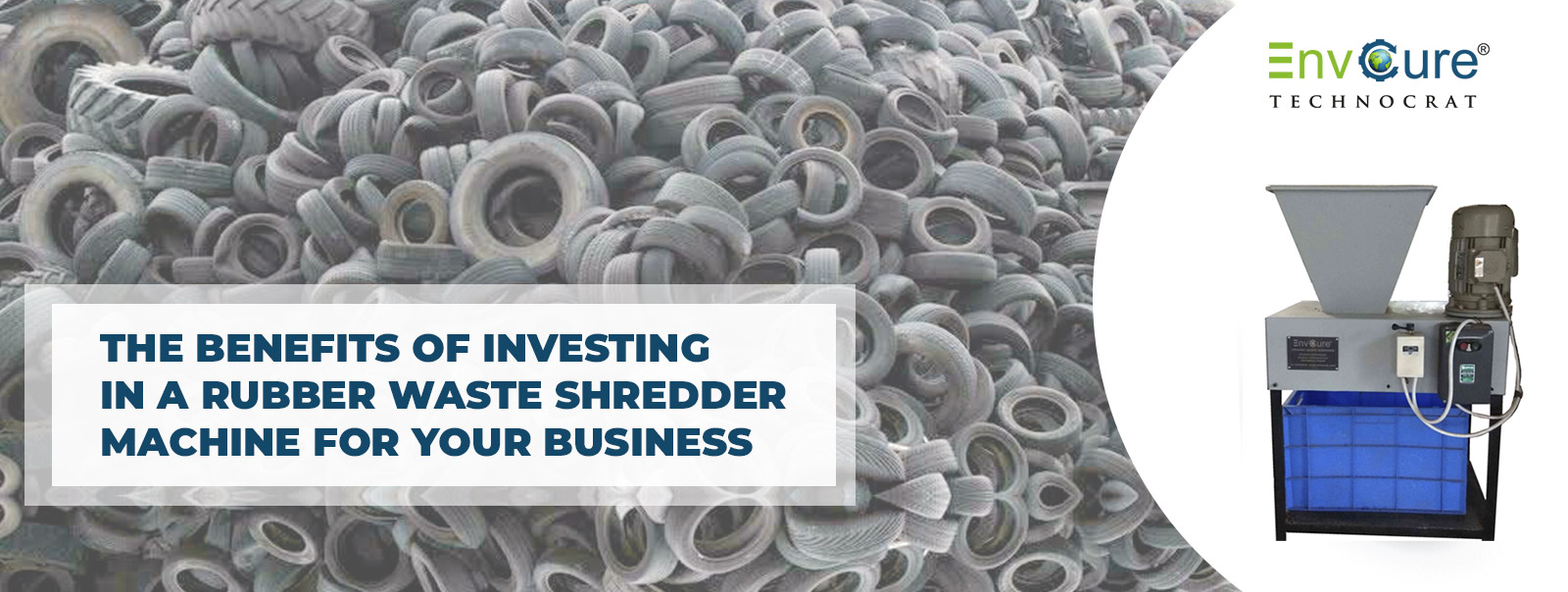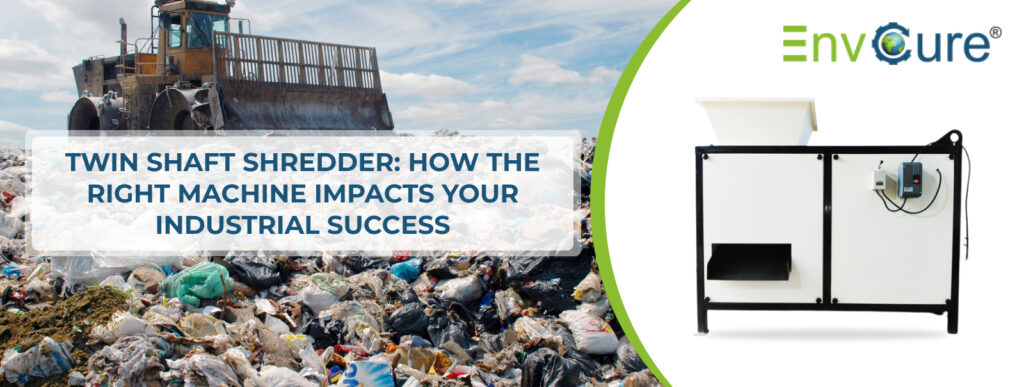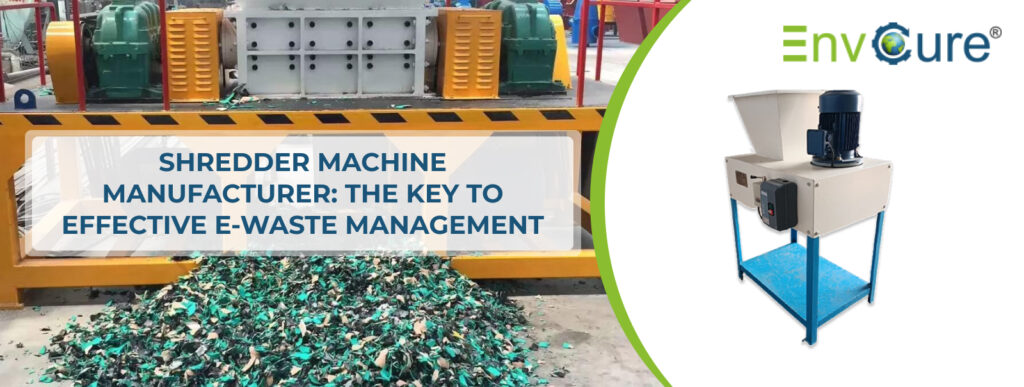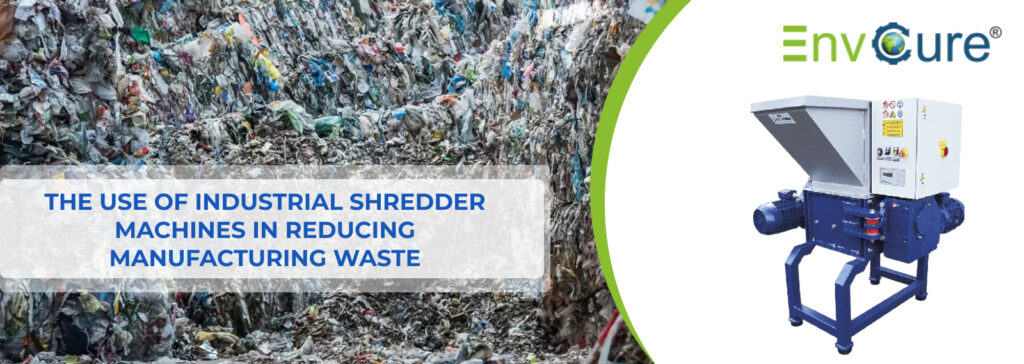With environmental consciousness taking centre stage, businesses are continuously scouting for means to minimise waste, recycle more, and leave a lesser carbon footprint. One such promising avenue for industries, particularly those handling rubber waste, is the integration of a rubber waste shredder machine into their waste management procedures.
Understanding the Rubber Waste Challenge
The scale of rubber waste globally is a pressing concern that can no longer be ignored. From the tires on our vehicles to industrial rubber offcuts, the sheer volume of rubber waste is a burgeoning environmental issue. But what makes it such a significant challenge?
- Non-biodegradable Nature: Rubber doesn’t break down easily. While its durability is great for product use, it becomes problematic when discarded, lingering in landfills for centuries.
- Environmental Impact: Over time, deteriorating rubber releases toxins that can contaminate soil and water. Combined with elements like rain, it can pollute waterways through hazardous runoffs.
- Space Issues: Annually, millions of tires end up in landfills, consuming significant space. This presents challenges as urban areas grow and land becomes scarce.
- Economic Concerns: Discarded rubber not only takes up space but represents missed economic opportunities, as this material goes unrecycled or unutilized.
Rubber Waste Shredder Machine: The Game-Changer
With the rubber waste challenge outlined, how can businesses and industries pivot towards solutions? Enter the rubber waste shredder machine.
- Space Saving: One of the immediate benefits of a shredder is the drastic volume reduction. By breaking down rubber into smaller parts, waste management and disposal become significantly more efficient and less space-consuming.
- Tailored Shredding: Modern shredder machines come with customizable settings. Whether it’s shredding rubber into tiny granules for specific repurposing or slightly larger chunks for general recycling, businesses have a choice.
- Repurposing Shredded Rubber: Post-shredding, the rubber waste can find new life. It can be used in various applications, from playground surfaces to road materials, or even as a component in energy generation.
- Decreased Dependency: By repurposing shredded rubber, industries can decrease their dependency on virgin rubber materials. This not only reduces the environmental footprint but also results in significant cost savings.
- Green Initiatives: Using a shredder aligns businesses with global green initiatives. By actively partaking in waste reduction and recycling, businesses enhance their corporate social responsibility portfolio.
- Additional Revenue Streams: Shredded rubber is a commodity. Whether selling it to other industries for repurposing or using it internally for various applications, businesses can unlock new revenue streams.
A Look into the PET Bottle Shredder
Polyethylene Terephthalate, more commonly known as PET, is one of the most extensively used plastics worldwide, particularly in the packaging industry. With billions of PET bottles produced annually, the subsequent waste generation is substantial. Here’s where the PET Bottle Shredder emerges as an essential tool in waste management.
The Mechanism and Design
- Robustness: PET Bottle Shredders are engineered to handle the toughness of PET plastic. They employ sharp and durable blades that can reduce even the hardest of bottles to small fragments in seconds.
- Granule Size Customization: Advanced shredders come equipped with settings that allow businesses to decide the size of the shredded granules, catering to various recycling or repurposing needs.
- Safety Features: Considering the industrial application, modern PET Bottle Shredders are embedded with safety mechanisms, including automatic shutdowns and anti-jamming features.
Environmental Impact
- Reduced Landfill Strain: Shredding ensures that PET bottles, which might otherwise take hundreds of years to decompose in a landfill, are prepared for efficient recycling. This reduces the strain on landfills considerably.
- Resource Optimization: Shredded PET can be recycled into numerous products, from fabrics to newer bottles, ensuring that we get the most out of every piece of plastic produced.
Why Your Business Needs a Shredder
In today’s age of environmental consciousness, efficient waste management isn’t just an operational need; it’s a corporate responsibility. Here’s why a shredder might be the missing piece in your business puzzle:
Economic Savings
- Waste Management Costs: By shredding waste, be it rubber, PET, or paper, businesses can reduce the volume of their waste, leading to savings in disposal and transportation costs.
- Revenue Streams: Shredded materials, especially plastics like PET, can be sold to recyclers, turning a previously costly waste product into a revenue source.
Environmental Responsibility
- Reduced Carbon Footprint: Efficient waste management directly translates to fewer waste-related emissions and a lower carbon footprint for your business.
- Resource Conservation: Recycling shredded waste means less demand for virgin resources. In the case of PET, this means conserving petroleum, a non-renewable resource.
Regulatory Alignment and PR
- Meeting Regulations: Many jurisdictions around the world are imposing stricter waste management regulations. Employing a shredder ensures your business stays ahead of these directives.
- Positive Brand Image: Being proactive in waste management can greatly enhance your brand image, painting a picture of a company that’s environmentally responsible and forward-thinking.
Make The Switch With EnvCure Today!
For those businesses looking to make that shift, EnvCure is here to guide you. With years of expertise and a portfolio of efficient machines, we are committed to helping businesses redefine waste management. To explore how our solutions can benefit your operations, reach out to our team today!
Frequently Asked Questions:
Q.1. How can a rubber waste shredder benefit my business?
Ans. Investing in a rubber waste shredder can help your business reduce waste volume, lower disposal costs, and contribute to eco-friendly practices.
Q.2. Can a rubber waste shredder improve operational efficiency?
Ans. Yes, it can. Shredding rubber waste makes it easier to handle, transport, and process, leading to streamlined operations and increased efficiency.
Q.3. Is the investment cost-effective in the long run?
Ans. Absolutely. While there’s an initial cost, the savings from reduced waste disposal and potential revenue from recycled rubber can make it a wise long-term investment.








